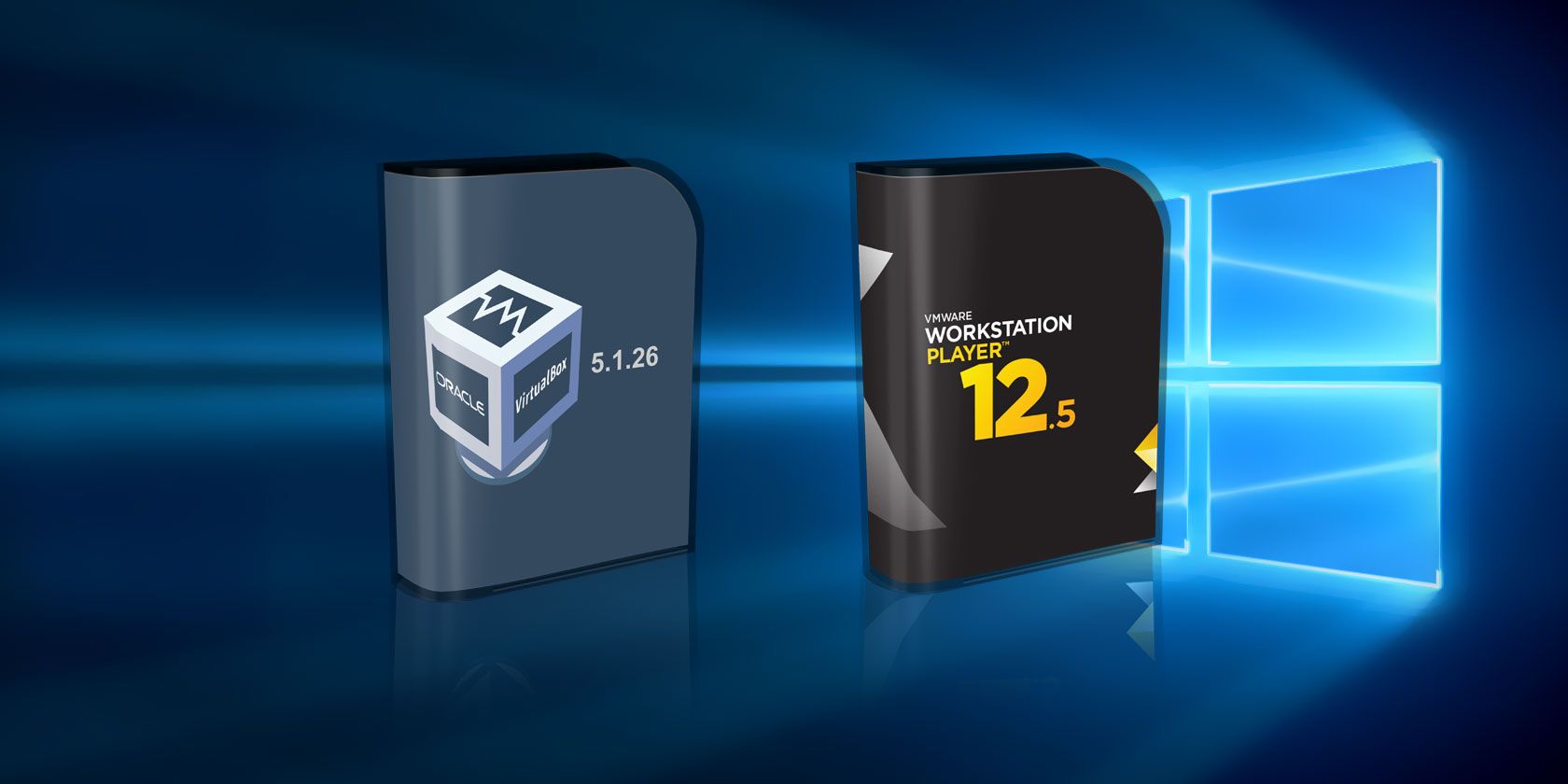

- #Vmware workstation for home use full version#
- #Vmware workstation for home use install#
- #Vmware workstation for home use manual#
- #Vmware workstation for home use software#
Bottom line: Virtual PC, although less sophisticated in its networking, is much easier to configure for sharing Net connections and files. We didn’t encounter any trouble with either, although it took us more than an hour to get everything working each time. We set up two networks: one that let us use the host’s Internet connection and the other a more sophisticated setup that connected three real PCs and two virtual computers. Workstation supports up to three virtual network cards and nine virtual Ethernet switches, allowing ridiculously complex phony networks. It installs virtual switches that bridge to the physical network, making the virtual system just another node on the network, or lets you create completely virtual networks inside the host PC from a series of virtual machines.

To compensate, VMware excels at replicating complex networks. It’s stable and fast but probably too complicated for the casual user.
#Vmware workstation for home use full version#
VMware Workstation 3.0 allows you to run a full version of Windows 98 on an XP machine. Where Virtual PC lets you drag and drop files between the two and set up shared folders on a whim, Workstation makes you use virtual networking-linking the OSs together-to establish connections between the host and guest(s). Unlike Virtual PC for Windows, VMware Workstation lacks several features that make it easy to share information between the real and the not-so-real PCs. Substandard sharing, sophisticated networking To create a Windows 95 virtual machine, for instance, we had to partition and format the virtual drive ourselves.
#Vmware workstation for home use manual#
And although adding Windows to a virtual machine is usually straightforward, you’ll probably need to do a little manual labor. Unlike thriftier Virtual PC for Windows, VMware Workstation accepts only full-installation OS versions, not OS upgrades. The roughest part is installing an operating system on the empty virtual machine. All you do is answer a few simple questions, including how much disk space you want to dedicate to the virtual computer’s hard drive(s) and which OS you’ll slap on it. We set up the Windows version of Workstation 3.0, which includes a nifty wizard that walks you through the creation chore in less than five minutes. Installing Workstation is a snap, and preparing a virtual, or guest, PC is just as easy. It was rated an 8 out of 10 by CNET editors. VMware Workstation allows users to create multiple virtual computers that can run DOS, Windows, or Linux and provides sophisticated virtual networking tools.
#Vmware workstation for home use install#
VMware’s list of guest OSs, those you can install in the virtual machines you create within the application, is a lot longer: MS-DOS, any edition of Windows (back to 3.1 and as recent as XP), and any version of Linux. The Windows version requires NT, 2000, or XP on the host, while the Linux edition needs Red Hat, SuSE, or Linux-Mandrake distributions. VMware Workstation lets you build virtual machines on either Windows or Linux host PCs. Click here to check the manufacturer’s latest price on VMware Workstation 3.1.

Virtual PC is a cheaper and easier buy for home users, but VMware Workstation is the way to go for businesses and demanding power users. VMware Workstation is pricey, can be tough to configure, and requires that you buy additional OSs to populate its virtual machines, but it’s incredibly stable, fast as all get-out, and sophisticated enough for the most advanced applications. Like Sybil, your computer will sport multiple personalities-say, Linux, Windows 95, and Windows XP-on one PC. When that’s the case, turn to VMware Workstation 3.0, an industrial-strength utility that uses software, disk space, and part of a real PC’s memory to emulate hardware of a different system type.
#Vmware workstation for home use software#
Sometimes one operating system just isn’t enough-for example, when you’re debugging new software or testing antivirus programs. Product review: Support multiple operating systems more easily with VMware Workstation 3.1Ī review of VMware Workstation 3.1 for supporting multiple operating systems


 0 kommentar(er)
0 kommentar(er)
